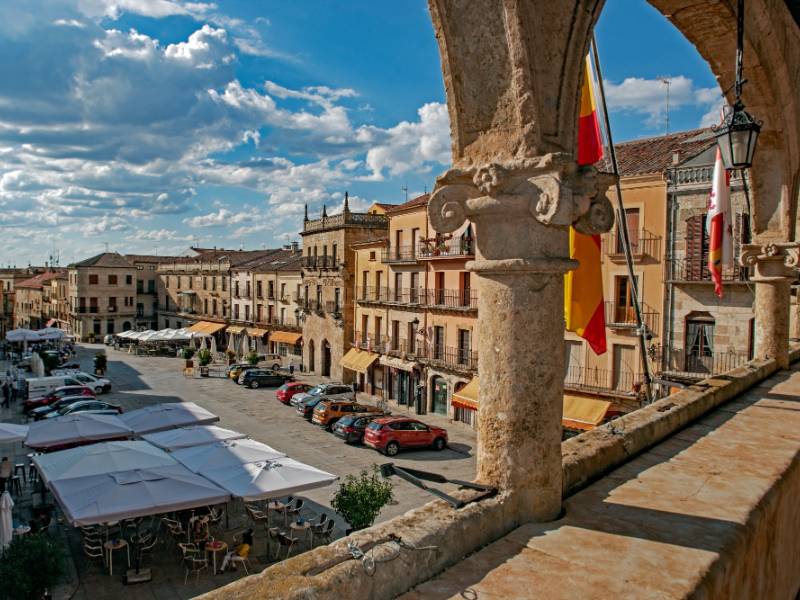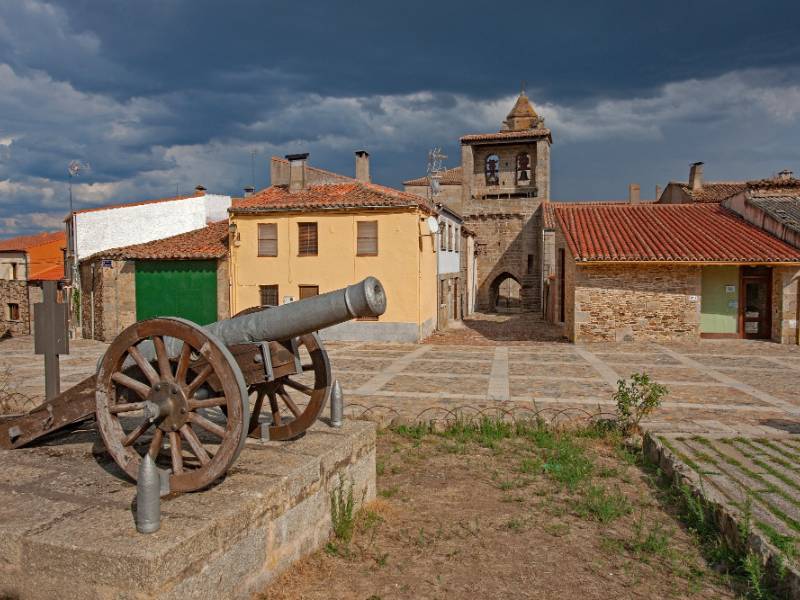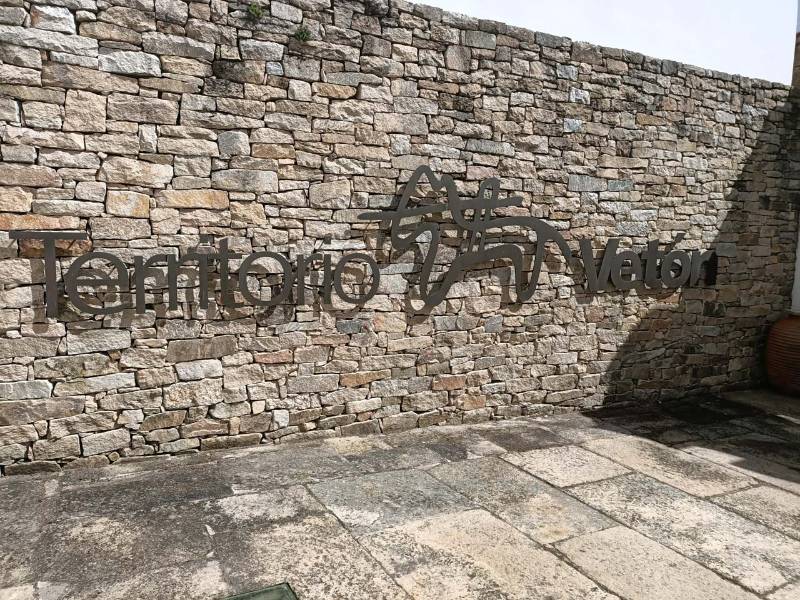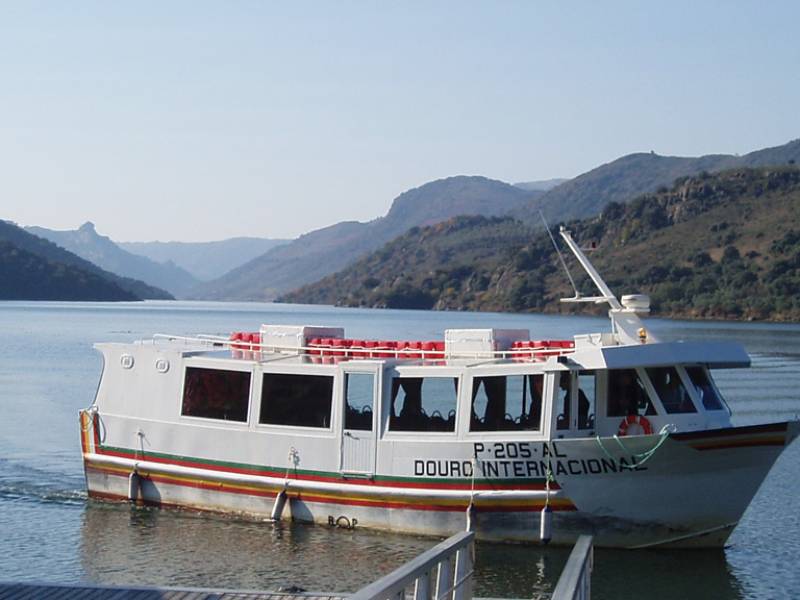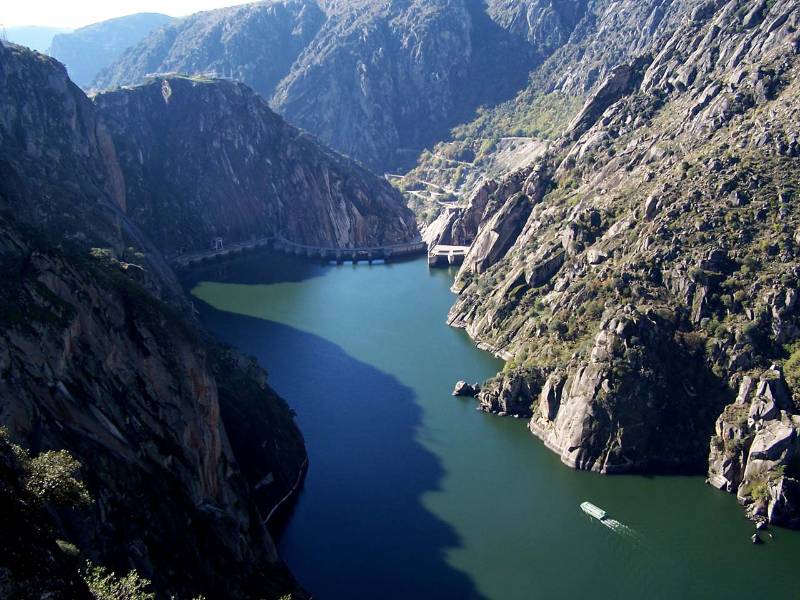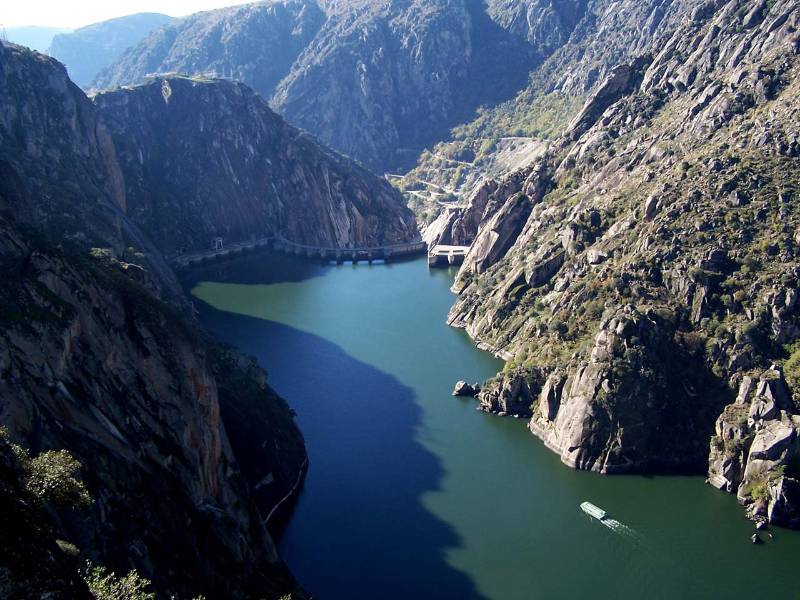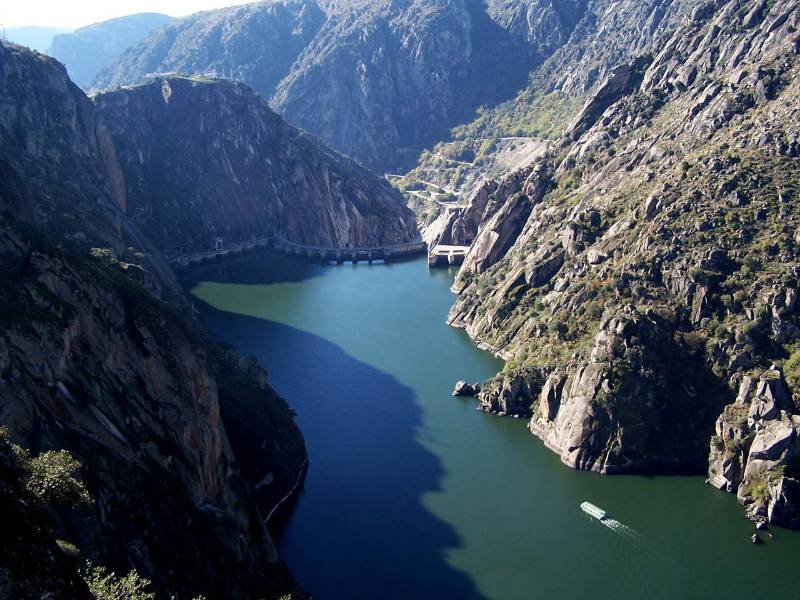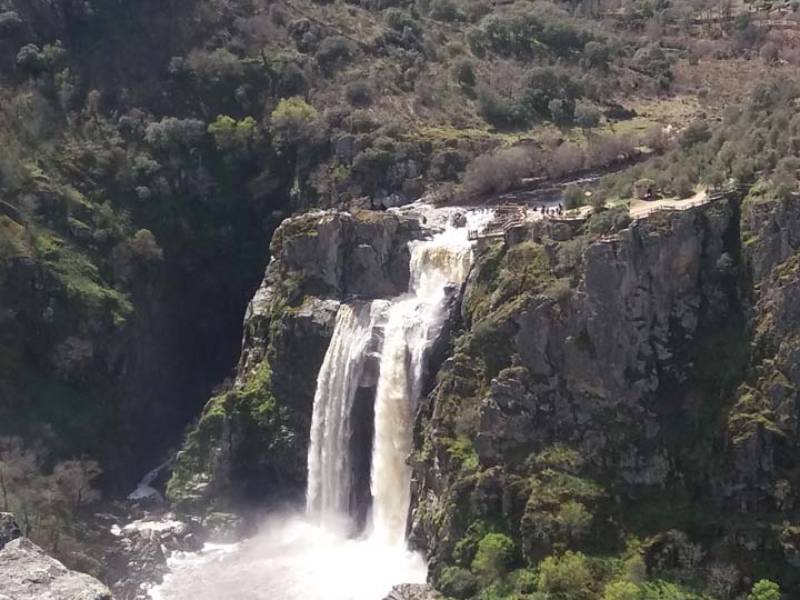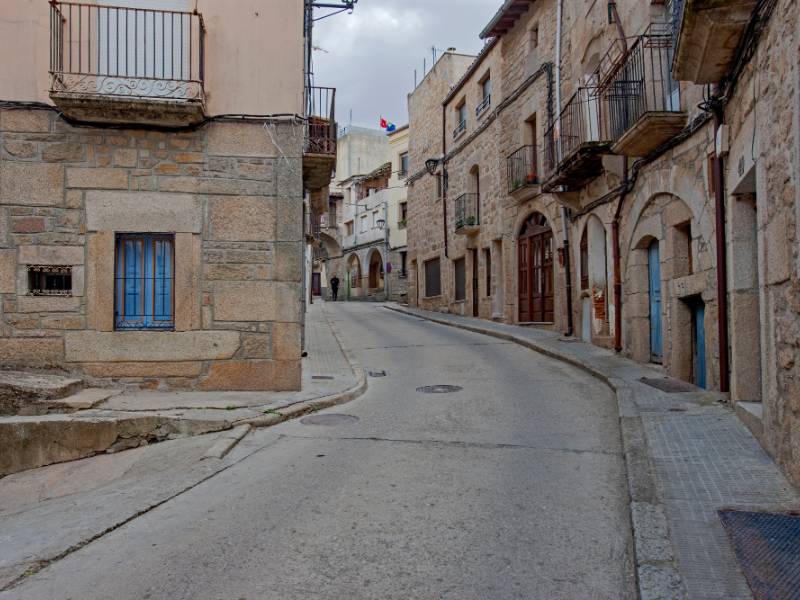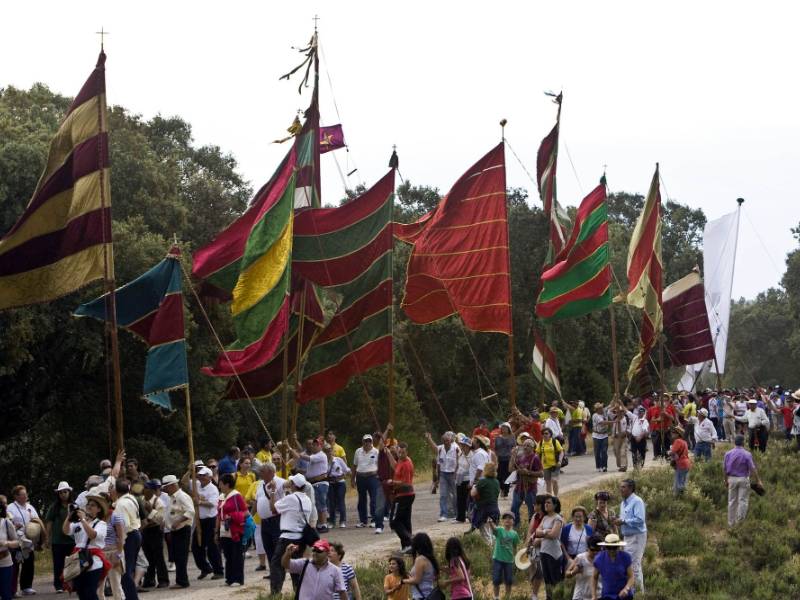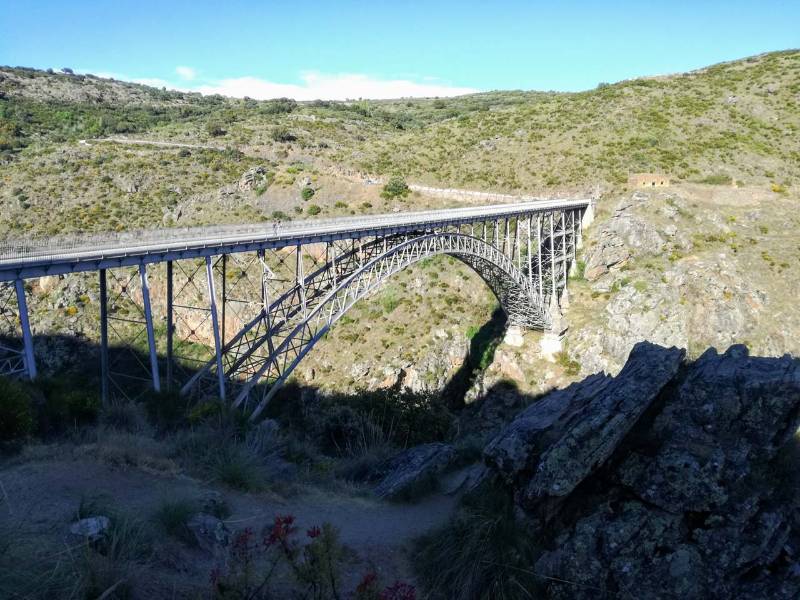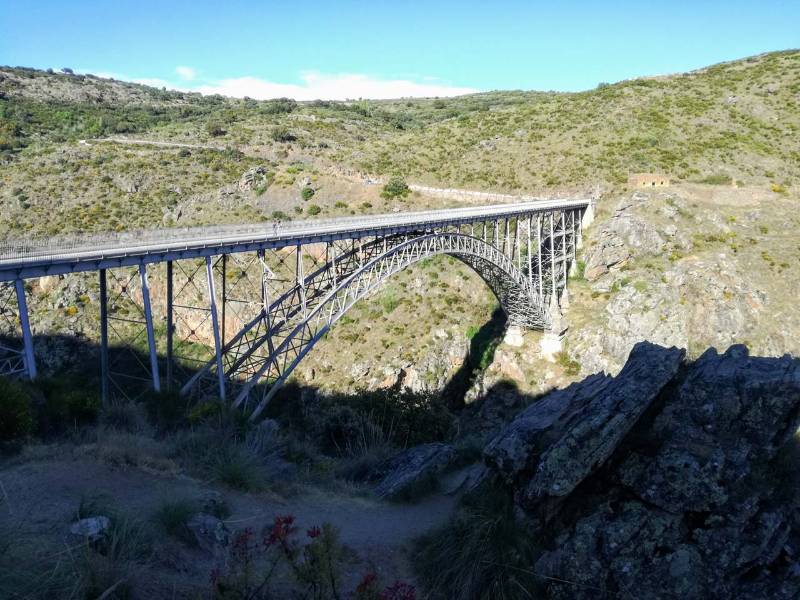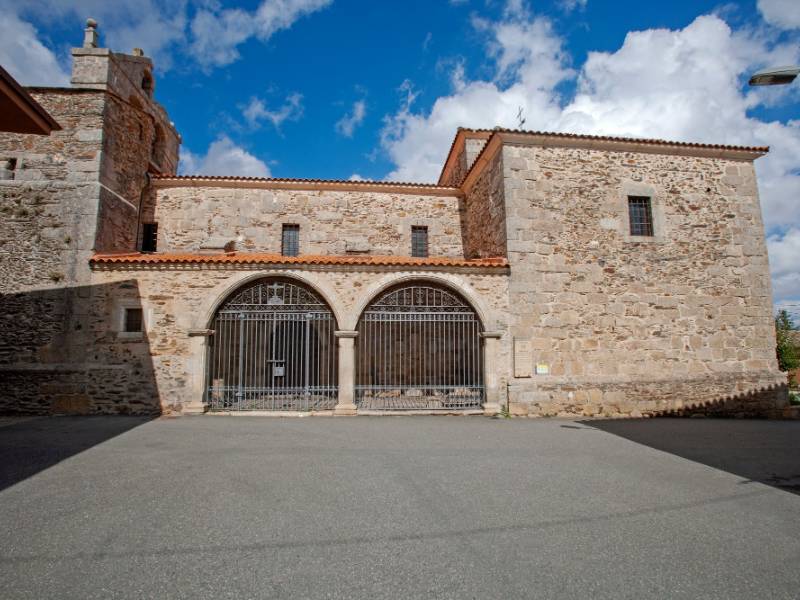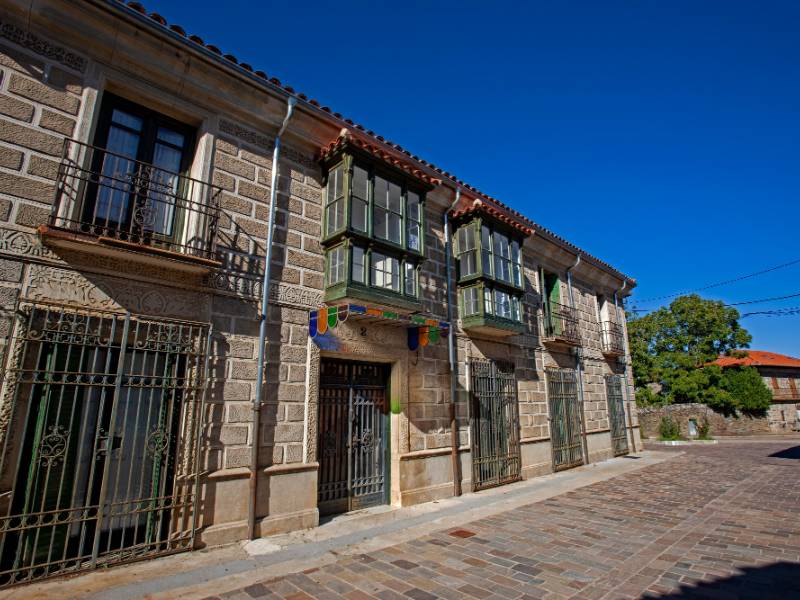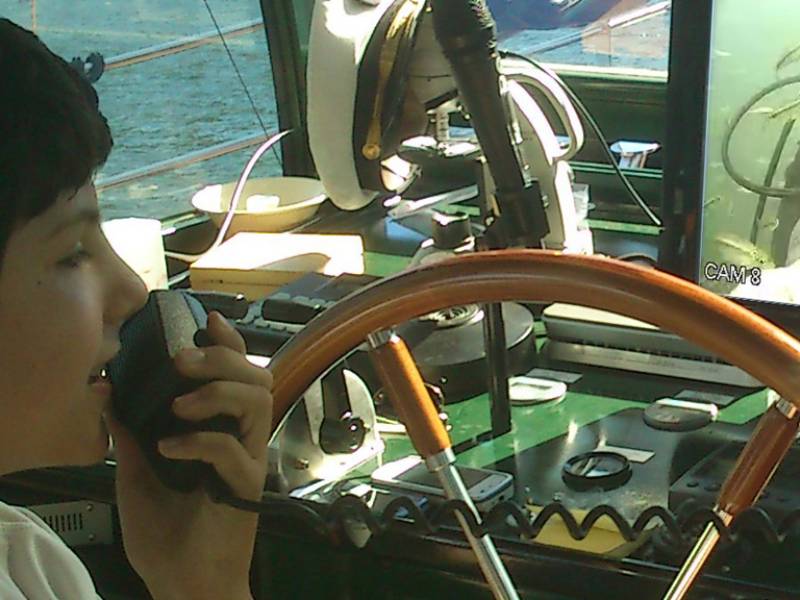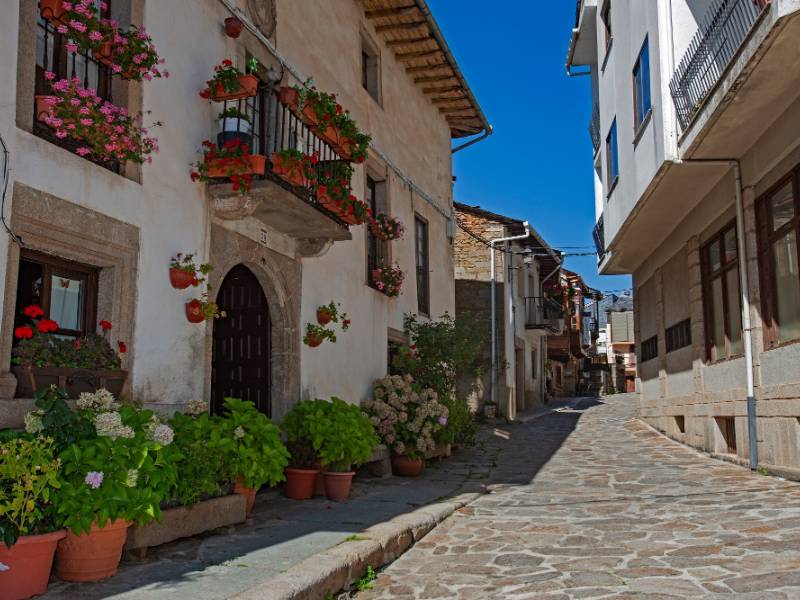Route 1 West. Section 1 - Puebla de Sanabria
- Previous
Puebla de Sanabria has been declared a Historic Artistic Site for the uniqueness of its monuments as well as for its careful civil architecture protected by walled enclosures. And, recently, it has been included in the list of "The most beautiful towns in Spain". It is a quality seal, a national and international benchmark of prestige in rural tourism and heritage conservation. And since 2017 the medieval market of Puebla de Sanabria has been declared a festival of tourist interest in Castilla y León.
From the horizon, its 15th century castle stands out, a stately fortress with military uses, its condition is exceptional and it houses the interpretation center of the fortifications, the tourist office and the municipal library. This ensemble is complemented by the Parish Church of Nuestra Señora del Azogue, the Hermitage of San Cayetano and the Museum of Giants and Bigheads. 33 bigheads and 10 giants have been part of the intangible heritage of this town since the mid-nineteenth century when they began to parade through the streets at the Fiestas de las Victorias.
Reference to content
What to see?
 Castle of Puebla de SanabriaMore information
Castle of Puebla de SanabriaMore informationThe castle has a barrier with wide towers and vaulted shooting chambers and a unique parade ground. It has a regular square floor plan and in the center is a large homage tower, popularly called a 'macho',...
 Church of Santa Maria del Azogue or Santa Maria la MayorMore information
Church of Santa Maria del Azogue or Santa Maria la MayorMore informationChurch built in the 12th century, of which it preserves outstanding Romanesque remains apart from additions from various periods.Outside, the main portal shows Romanesque capitals on the door and plant-type...
 Puebla de Sanabria Town Hall or Town HallMore information
Puebla de Sanabria Town Hall or Town HallMore information15th century building built in masonry, with ashlars reinforcing angles and corners, which reserves a good masonry factory for the main façade, using lighter granite and thus creating a chromatic contrast...
 Wax Winery and ForgeMore information
Wax Winery and ForgeMore informationRobledo is an ethnographic municipality in itself where we can see, in addition to the Iberian wolf center, an important sample of the territory's ethnographic heritage: the wax press, the forge, the oven...

